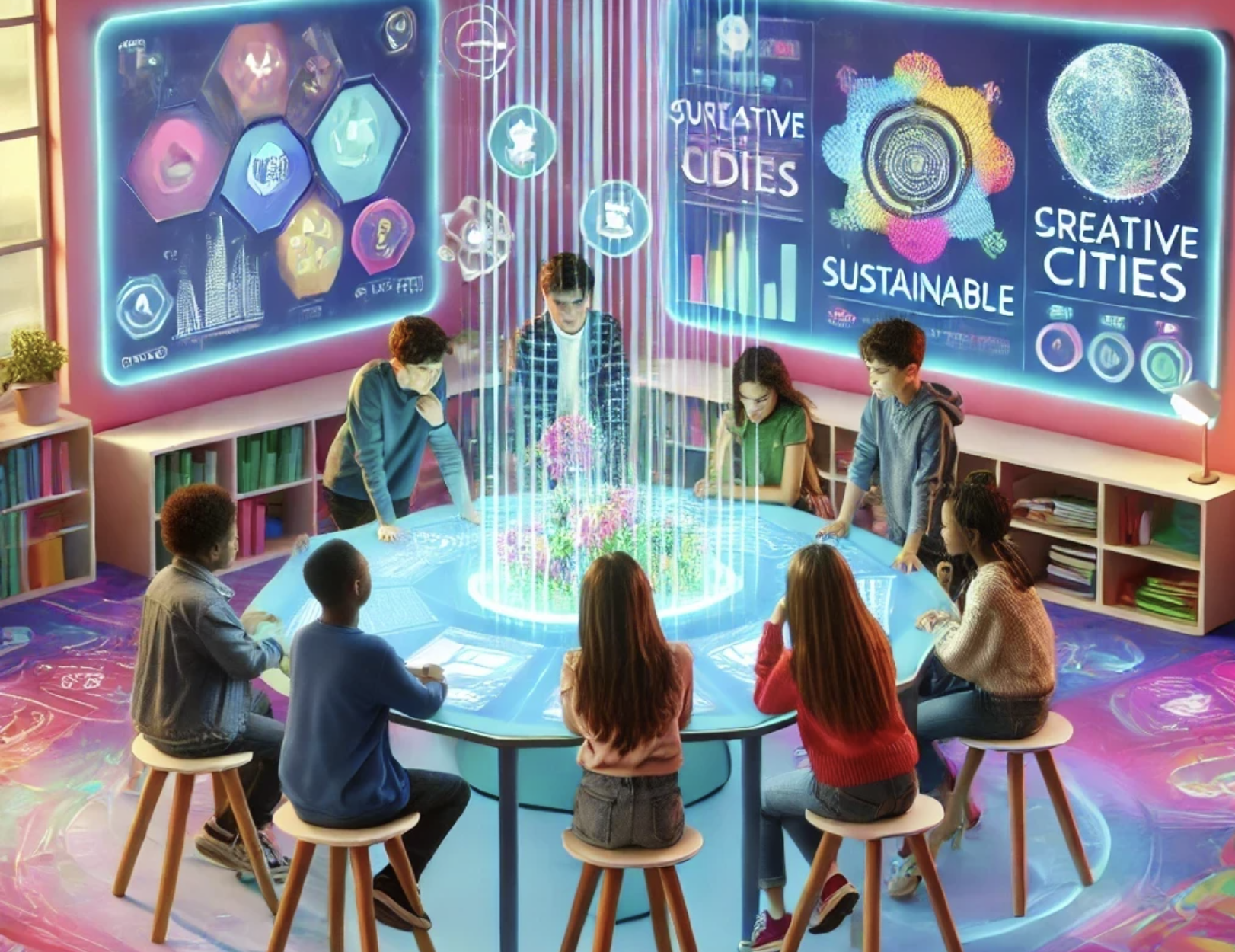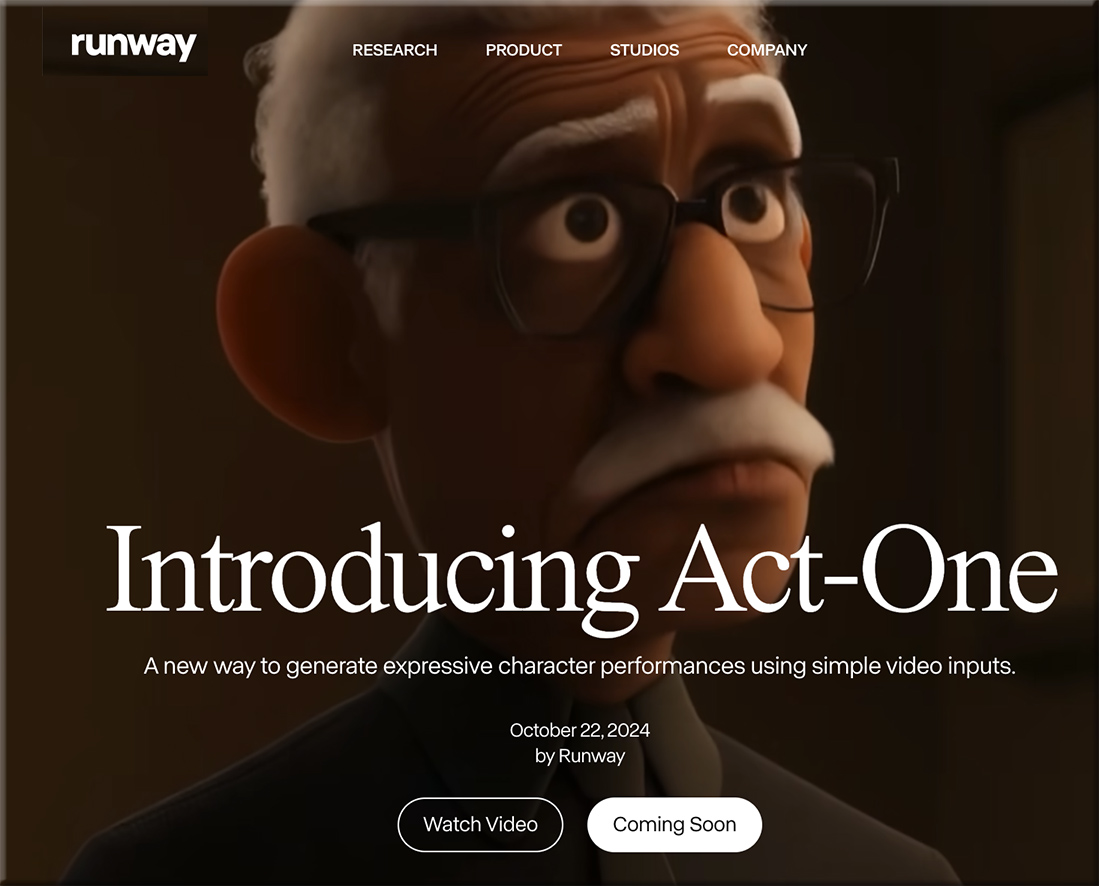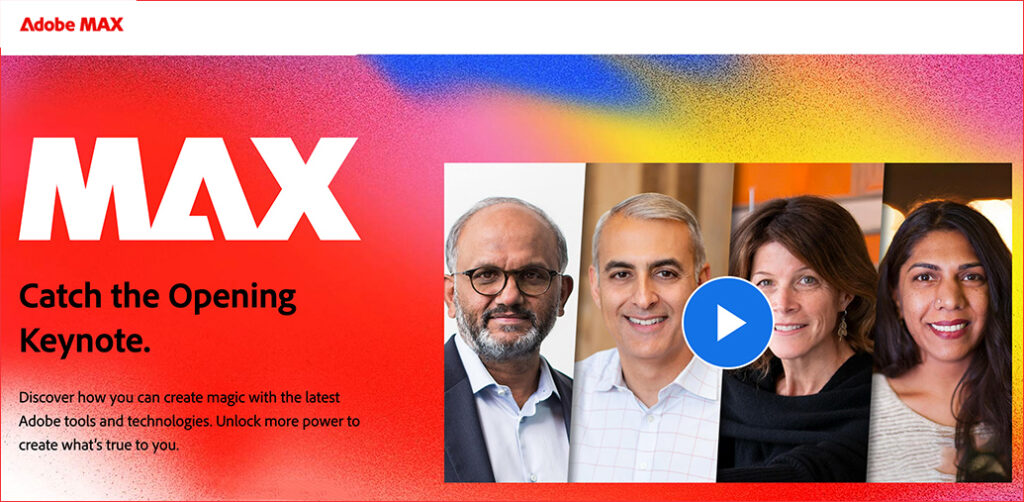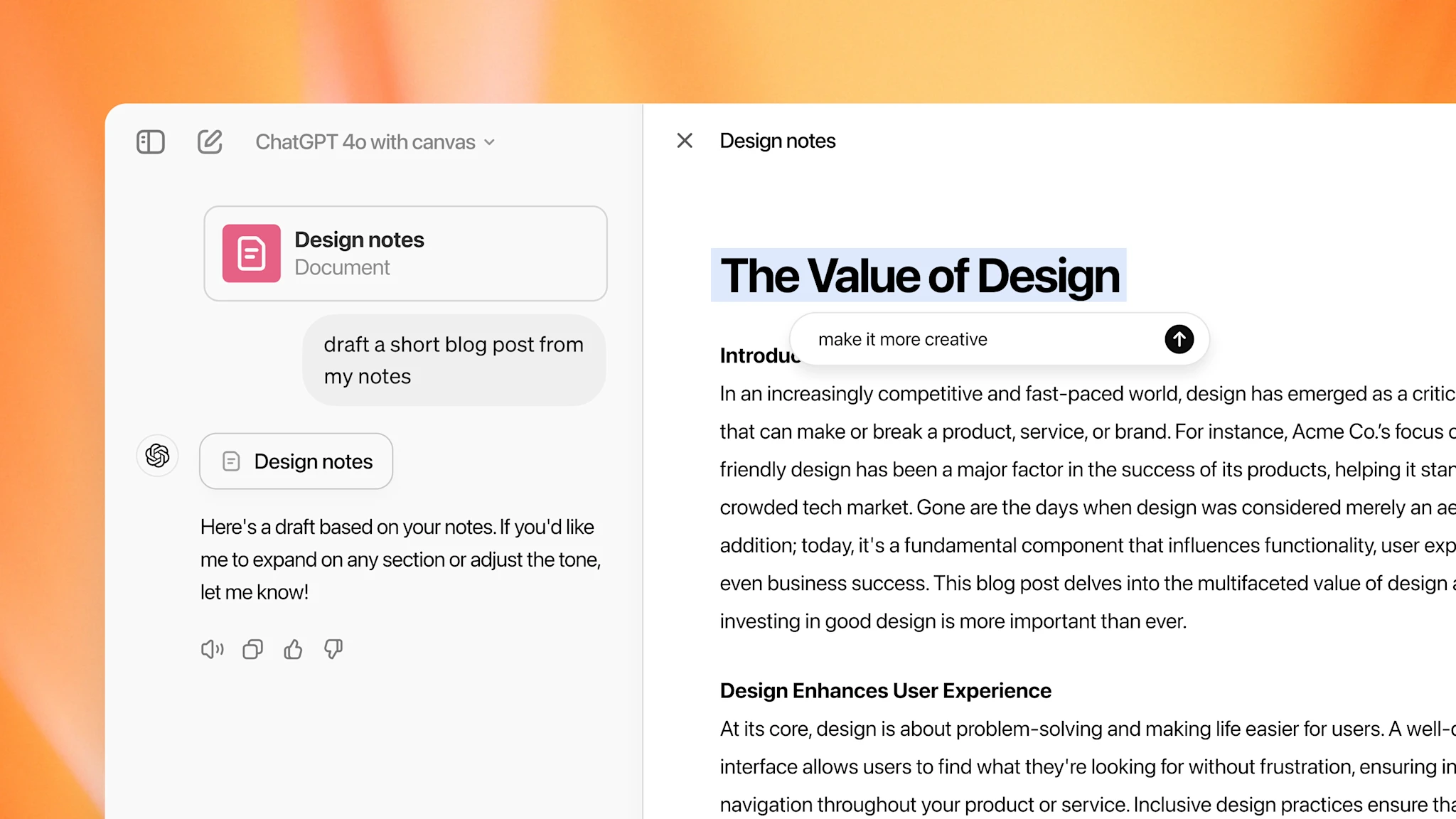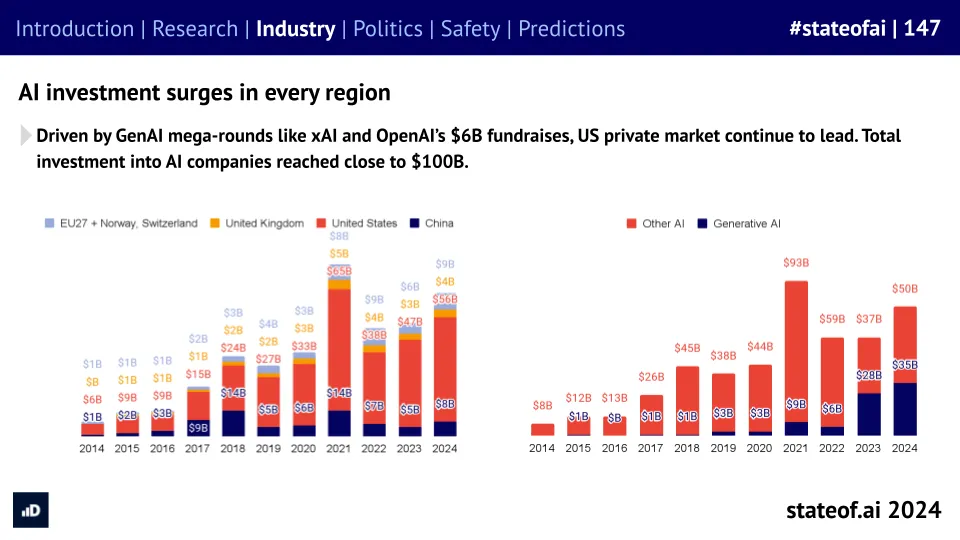Introducing QuizBot an Innovative AI-Assisted Assessment in Legal Education — from papers.ssrn.com by Sean A Harrington
Abstract
This Article explores an innovative approach to assessment in legal education: an AI-assisted quiz system implemented in an AI & the Practice of Law course. The system employs a Socratic method-inspired chatbot to engage students in substantive conversations about course materials, providing a novel method for evaluating student learning and engagement. The Article examines the structure and implementation of this system, including its grading methodology and rubric, and discusses its benefits and challenges. Key advantages of the AI-assisted quiz system include enhanced student engagement with course materials, practical experience in AI interaction for future legal practice, immediate feedback and assessment, and alignment with the Socratic method tradition in law schools. The system also presents challenges, particularly in ensuring fairness and consistency in AI-generated questions, maintaining academic integrity, and balancing AI assistance with human oversight in grading.
The Article further explores the pedagogical implications of this innovation, including a shift from memorization to conceptual understanding, the encouragement of critical thinking through AI interaction, and the preparation of students for AI-integrated legal practice. It also considers future directions for this technology, such as integration with other law school courses, potential for longitudinal assessment of student progress, and implications for bar exam preparation and continuing legal education. Ultimately, this Article argues that AI-assisted assessment systems can revolutionize legal education by providing more frequent, targeted, and effective evaluation of student learning. While challenges remain, the benefits of such systems align closely with the evolving needs of the legal profession. The Article concludes with a call for further research and broader implementation of AI-assisted assessment in law schools to fully understand its impact and potential in preparing the next generation of legal professionals for an AI-integrated legal landscape.
Keywords: Legal Education, Artificial Intelligence, Assessment, Socratic Method, Chatbot, Law School Innovation, Educational Technology, Legal Pedagogy, AI-Assisted Learning, Legal Technology, Student Engagement, Formative Assessment, Critical Thinking, Legal Practice, Educational Assessment, Law School Curriculum, Bar Exam Preparation, Continuing Legal Education, Legal Ethics, Educational Analytics
How Legal Startup Genie AI Raises $17.8 Million with Just 13 Slides — from aisecret.us
Genie AI, a London-based legal tech startup, was founded in 2017 by Rafie Faruq and Nitish Mutha. The company has been at the forefront of revolutionizing the legal industry by leveraging artificial intelligence to automate and enhance legal document drafting and review processes. The recent funding round, led by Google Ventures and Khosla Ventures, marks a significant milestone in Genie AI’s growth trajectory.
In-house legal teams are adopting legal tech at lower rate than law firms: survey — from canadianlawyermag.com
The report suggests in-house teams face more barriers to integrating new tools
Law firms are adopting generative artificial intelligence tools at a higher rate than in-house legal departments, but both report similar levels of concerns about data security and ethical implications, according to a report on legal tech usage released Wednesday.
Legal tech company Appara surveyed 443 legal professionals in Canada across law firms and in-house legal departments over the summer, including lawyers, paralegals, legal assistants, law clerks, conveyancers, and notaries.
Twenty-five percent of respondents who worked at law firms said they’ve already invested in generative AI tools, with 24 percent reporting they plan to invest within the following year. In contrast, only 15 percent of respondents who work in-house have invested in these tools, with 26 percent planning investments in the future.
The end of courts? — from jordanfurlong.substack.com by Jordan Furlong
Civil justice systems aren’t serving the public interest. It’s time to break new ground and chart paths towards fast and fair dispute resolution that will meet people’s actual needs.
We need to start simple. System design can get extraordinarily complex very quickly, and complexity is our enemy at this stage. Tom O’Leary nicely inverted Deming’s axiom with a question of his own: “We want the system to work for [this group]. What would need to happen for that to be true?”
If we wanted civil justice systems to work for the ordinary people who enter them seeking solutions to their problems — as opposed to the professionals who administer and make a living off those systems — what would those systems look like? What would be their features? I can think of at least three:
- Fair: …
- Fast: …
- Fine: …
100-Day Dispute Resolution: New Era ADR is Changing the Game (Rich Lee, CEO)
New Era ADR CEO Rich Lee makes a return appearance to Technically Legal to talk about the company’s cutting-edge platform revolutionizing dispute resolution. Rich first came on the podcast in 2021 right as the company launched. Rich discusses the company’s mission to provide a faster, more efficient, and cost-effective alternative to traditional litigation and arbitration, the company’s growth and what he has learned from a few years in.
Key takeaways:
- New Era ADR offers a unique platform for resolving disputes in under 100 days, significantly faster than traditional methods.
- The platform leverages technology to streamline processes, reduce costs, and enhance accessibility for all parties involved.
- New Era ADR boasts a diverse pool of experienced and qualified neutrals, ensuring fair and impartial resolutions.
- The company’s commitment to innovation is evident in its use of data and technology to drive efficiency and transparency.









